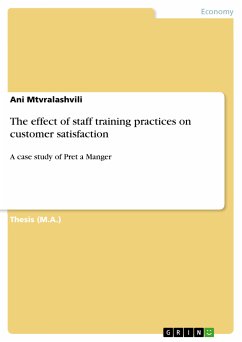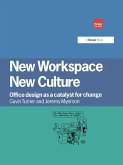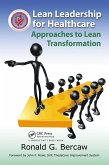The tools provided here, including a Strategic Organizational Planning Process (SOPP) model, can be used to foster a dynamic change in how staffs are trained, developed, managed, and led. The results of successfully implementing these changes include productivity gains without additional capital expenditures, a more satisfied workforce, lower turnover costs, and a more effective relationship between management and staff. In today's organizations, staffs are undervalued, misdirected, misunderstood, disrespected, and undereducated businesspeople. They are often ignorant of what their true role in the organization should be. They are valued for their specialized knowledge, but are rarely seen by senior management as major contributors to the bottom line. For this reason, staffs are ripe targets for reorganization, reengineering, or reduction, with little or no consideration of consequences other than the immediate impact on corporate profits. Whose fault is this situation? Is it merely a product of poor organizational design, or ineffective strategic planning? There exists a significant gulf in the understanding of staffs' roles in furthering organizational success on the part of all parties: line management, staff management, and the staff members themselves. Yet while the blame can be widely shared, only an effective staff manager can change the situation for the better.









